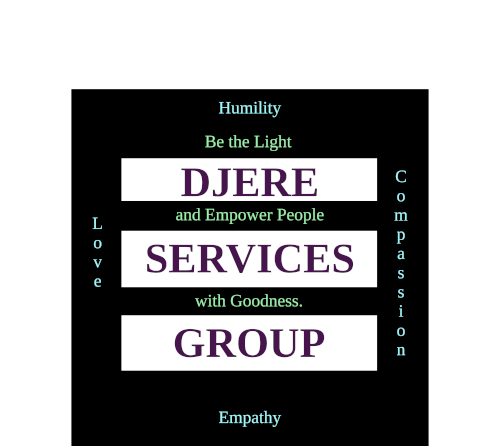Blockchain Fundamentals: Develop a comprehensive understanding of blockchain technology, its underlying principles, and its core components, such as blocks, transactions, consensus algorithms, and cryptography.
Luis is a blockchain developer at Cisco. He is working on his blockchain certification. He is studing this objective: Blockchain Fundamentals: Develop a comprehensive understanding of blockchain technology, its underlying principles, and its core components, such as blocks, transactions, consensus algorithms, and cryptography.
Please generate an explanation of this objective to help him to master it.
Objective: Blockchain Fundamentals
To become a proficient blockchain developer, it is crucial to develop a comprehensive understanding of blockchain technology, its underlying principles, and its core components. This objective focuses on equipping you with the essential knowledge required to grasp the fundamentals of blockchain technology. By mastering these concepts, you will gain a solid foundation to build upon as you progress in your blockchain certification.
Blockchain Technology: Blockchain technology is a decentralized and distributed ledger system that allows multiple parties to maintain a shared database without relying on a central authority. It provides a transparent, secure, and immutable way of recording and verifying transactions.
Underlying Principles: To fully comprehend blockchain technology, it is essential to grasp its underlying principles. These principles include decentralization, transparency, immutability, security, and consensus.
Decentralization: Blockchain operates on a peer-to-peer network, where all participating nodes have equal authority. This ensures that no single entity has complete control over the system, enhancing its security and resilience.
Transparency: All transactions recorded on the blockchain are visible to all participants, creating a transparent and auditable environment. This transparency helps build trust among network participants.
Immutability: Once a transaction is recorded on the blockchain, it becomes virtually impossible to alter or delete. This immutability ensures the integrity and trustworthiness of the data stored on the blockchain.
Security: Blockchain employs cryptographic techniques to secure transactions and protect the integrity of the data. Cryptography ensures that only authorized participants can access and modify the data stored on the blockchain.
Consensus: Consensus algorithms are utilized in blockchain networks to agree on the validity of transactions and achieve consensus among network participants. Different consensus algorithms, such as Proof of Work (PoW) and Proof of Stake (PoS), are used to maintain the integrity of the blockchain.
- Core Components: To develop a comprehensive understanding of blockchain technology, you need to familiarize yourself with its core components:
Blocks: Blocks are the building units of a blockchain. They contain a collection of verified and encrypted transactions. Each block typically references the previous block, creating a chain-like structure.
Transactions: Transactions represent the exchange of assets or information between participants in the blockchain network. These transactions are recorded in blocks and are visible to all participants.
Consensus Algorithms: Consensus algorithms are used to agree on the validity and order of transactions added to the blockchain. Different algorithms have different mechanisms to achieve consensus, such as mining in Proof of Work or staking in Proof of Stake.
Cryptography: Cryptography plays a vital role in securing transactions and protecting the data stored on the blockchain. Techniques such as hashing, digital signatures, and encryption ensure confidentiality, integrity, and authenticity.
By focusing on these key areas of study, you will develop a solid understanding of blockchain technology's fundamental concepts and components. This knowledge will provide you with a strong foundation to delve deeper into advanced topics and enhance your expertise as a blockchain developer.
